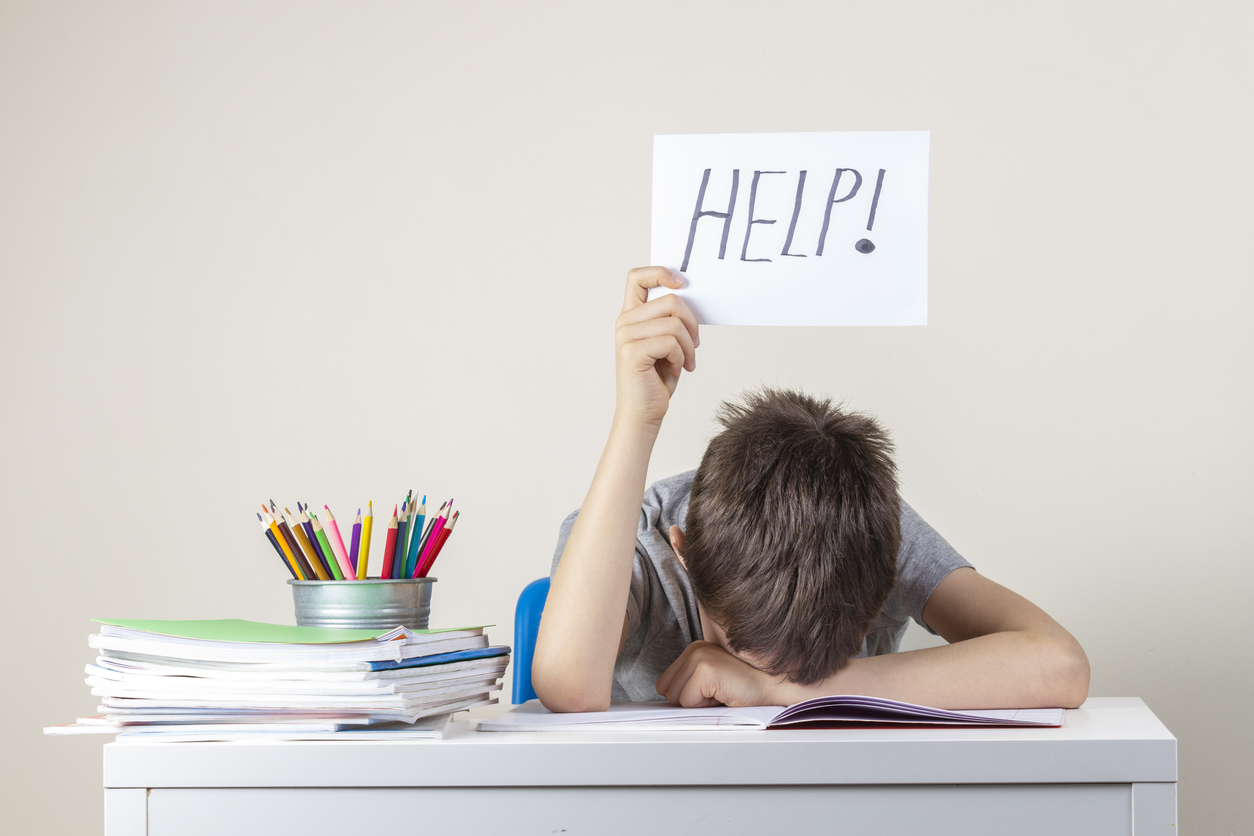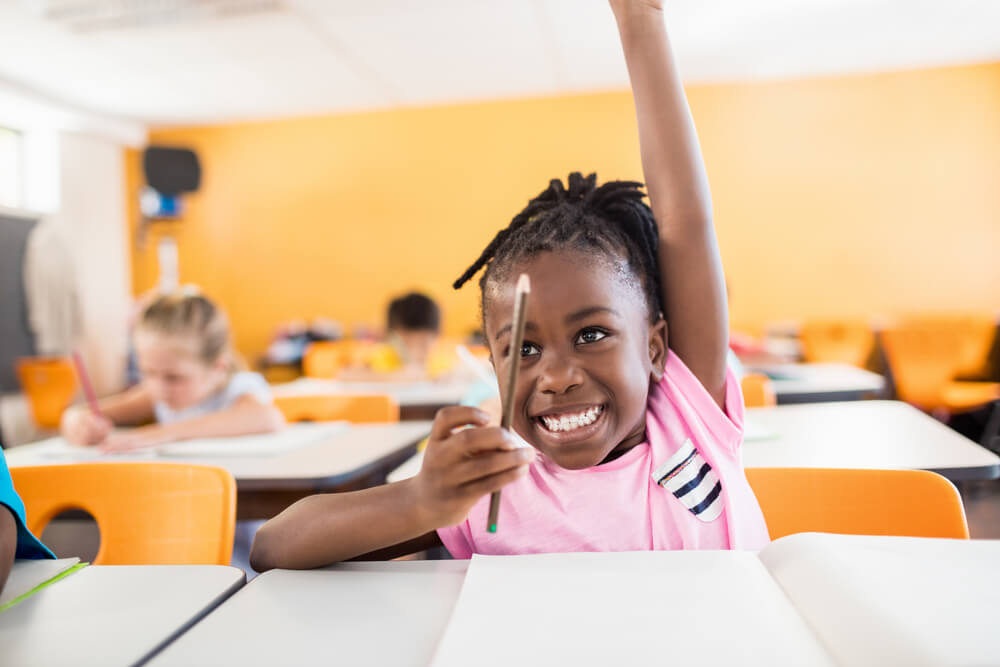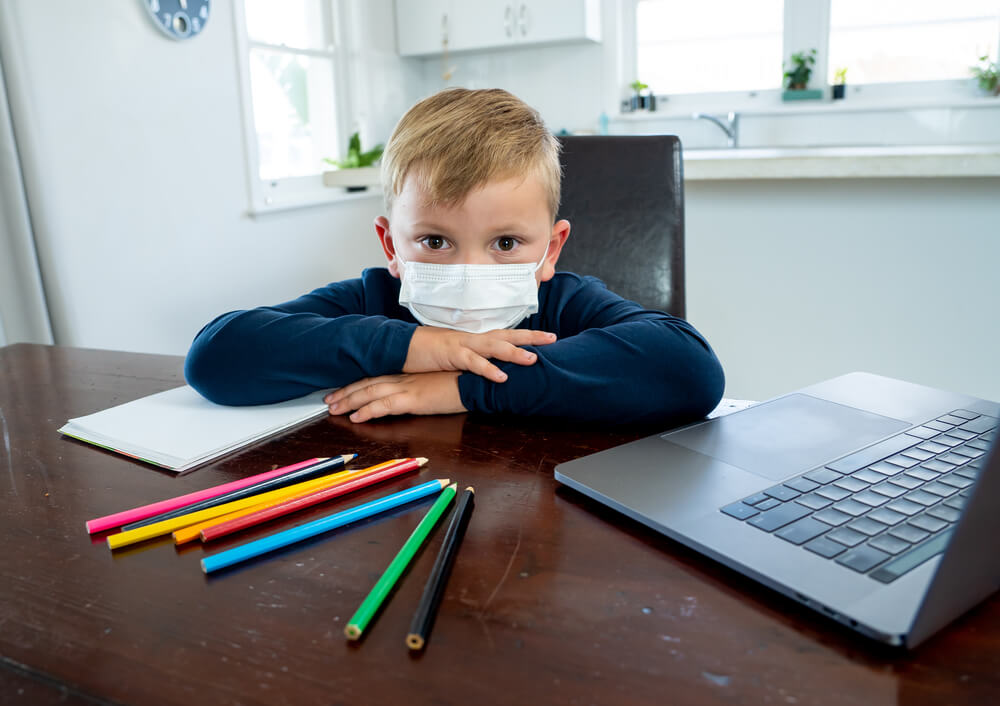
Mastering Homework with Executive Functioning Skills
Homework is a significant part of school life, but not all students feel confident doing their homework independently. At The Learning Lab, we help students build their confidence by improving

Homework is a significant part of school life, but not all students feel confident doing their homework independently. At The Learning Lab, we help students build their confidence by improving

The average student loses between 17 to 34 percent of the prior year’s learning gains during the summer break. Students who lose ground during summer are more likely to lose

Motivation is the key to success for most young students. Achieving goals and learning requires plenty of motivation, especially for students with difficulties in reading, writing, and math. While motivation

As more states reopen their school systems to the possibility of live, interactive classrooms, with or without masks and social distancing, educators are beginning to find out precisely what has

One character from Greek mythology who shows up frequently as a symbolic meme is Sisyphus. He was condemned by Zeus to spend eternity rolling a massive rock up a steep

It is estimated that dyslexia impacts about 20% of the general population. It begins with children, and if it is not identified and remedial steps have not begun by the

Why the wait-and-see approach fails struggling readers and other children with learning differences Key takeaways: A wait-and-see approach to learning can set up a child for a lifetime of reading

Why third grade can make or break a school career Key takeaways: Third grade is when students go from “learning to read” to “reading to learn” Third-grade students should be

Why these learning differences are gifts Key takeaways: The right hemisphere of the brain is 10% larger in children with dyslexia The right brain controls creativity, empathy, emotion, and spatial

Setting S.M.A.R.T. goals for success Key takeaways: We set S.M.A.R.T. goals We create short-term and long-term goals We ensure learning goals are attainable and realistic We track progress and provide